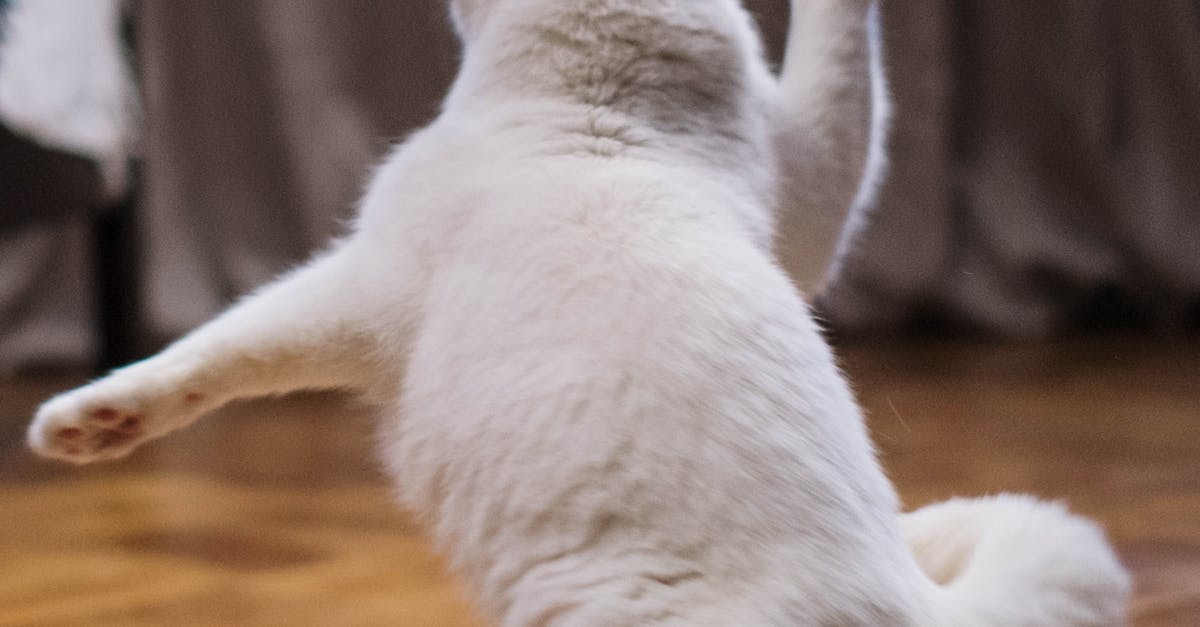The Strange Physics That Explains How Cats Always Land On Their Feet
Cats have long fascinated humans with their mysterious ability to land on their feet, a phenomenon known as the "righting reflex." This seemingly magical skill is not just a quirk of nature but a remarkable demonstration of physics in action. The study of how cats manage this feat provides insights into balance, motion, and the laws of physics that govern our universe. This article will delve into the scientific principles that explain this feline ability, exploring everything from angular momentum to the evolutionary advantages it provides. By examining these topics, we can appreciate the intricate dance between biology and physics that enables cats to defy gravity with such grace.
The Evolutionary Advantage of Landing on Their Feet

The ability of cats to land on their feet is not merely a party trick but a crucial evolutionary advantage. In the wild, this skill can mean the difference between life and death. Cats often leap from trees or high places to escape predators or catch prey, and landing safely is essential for survival. Over millions of years, natural selection has favored cats that can right themselves in mid-air, ensuring they sustain fewer injuries from falls. This trait has been passed down through generations, becoming a fundamental aspect of feline biology. Understanding this evolutionary context provides a foundation for exploring the physical mechanisms that allow cats to execute such precise aerial maneuvers.